Gaining a better understanding of specific molecular and chemical components is a smart way for people, especially those focused on improving their athletic performance and exercise performance, to learn more about the human body. One element that’s worth researching is ribose.
When people consume carbohydrates, those items are digested and developed into sugars known as glucose. Glucose then acts as energy for the body’s cells, although not all of it may be used at once. If there is some sugar left over, it will turn into glycogen, and the body will store it in its liver or muscles for later use.
Ribose is chemically defined as a 5-carbon sugar but it is very different from table sugars, which are 6 carbon sugars. 6-carbon sugar raises plasma glucose, which increases insulin release, slowing fat metabolism, increasing inflammation as well as accelerating vascular and heart disease and perhaps brain dysfunction. Further, ribose is a part of our DNA and RNA molecules.
Unlike table sugar, which has a high glycemic index of 100, ribose has a negative glycemic index. In fact, ribose lowers plasma sugar levels, unlike 6-carbon sugars! Thus, while ribose is pharmacologically an anti-sugar, it must be listed in Supplements Facts as a sugar. Chemically it is a sugar but functionally it does not act like a sugar.
Ribose is an energy molecule. Ribose is an absolute requirement to make ATP, which is our cells’ major energy molecule. When cellular ATP is low our cells are sick and cannot function. They cannot take care of their “housekeeping “ functions; they can’t make enzymes or muscle proteins or maintain their cell membrane ion gradients. In fact, low ATP levels can lead to cell death. Many chronic diseases such as congestive heart disease, peripheral artery disease, and COPD are low energy diseases.
Based on animal and human studies, the biochemical re-synthesis of ribose can be rate limiting, especially after periods of intense exercise or chronic ischemic conditions. That is the internal rate of biochemical re-synthesis is too slow to meet cellular demands. Under these conditions, our cells benefit from supplementation with ribose.
How much Ribose is enough? There are no foods that provide enough ribose to restore rapidly depleted and overworked cells. While our bodies can make ribose, the process can be slow. Taking 5g of ribose up to 3x daily in supplemental form has been shown to be effective in enhancing both skeletal and cardiac muscle health. Ribose alone, and in combination with CoQ10, at optimal doses, is critical to enhancing the synthesis of ATP and thus improving the health of the cell.
When ribose is combined with CoQ10 and carnitine it becomes a mitochondrial activator, leading to increased energy and alertness. People with low energy should benefit from this combination.
Key points:
- Ribose is an atypical sugar molecule.
- Ribose is an anti-sugar molecule; Ribose has a negative glycemic index.
- Ribose is an absolute requirement for ATP Synthesis.
- Ribose can be rate limiting for the synthesis of ATP after intense exercise or in chronic disease states.
You can find Ribose in Revive, our non-stimulant energy generator and Recover Whey Protein.


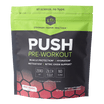
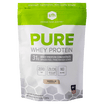
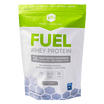
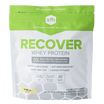
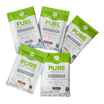
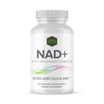
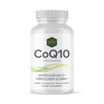


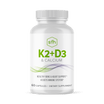
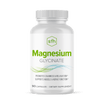

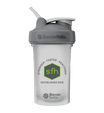



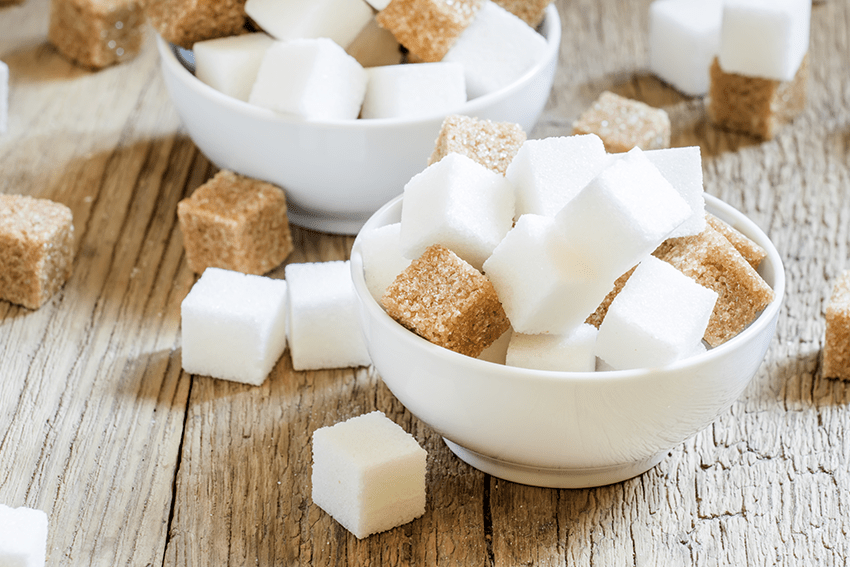
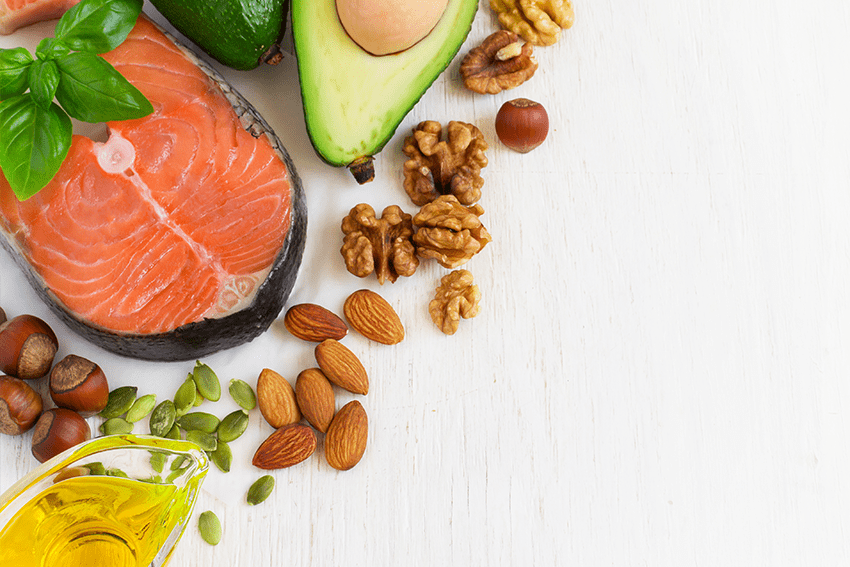

1 comment
Leave a comment
This site is protected by hCaptcha and the hCaptcha Privacy Policy and Terms of Service apply.